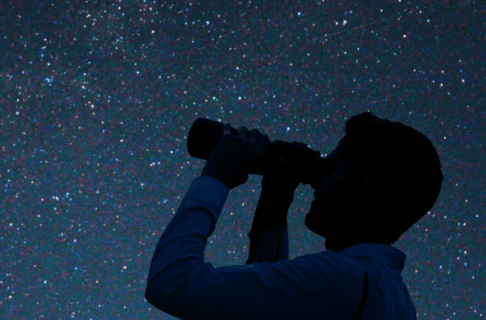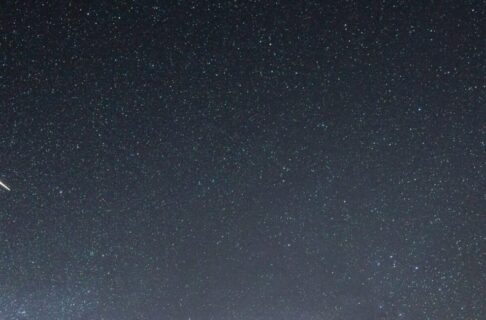Posted on: Monday October 20, 2014
On Thursday afternoon this week, Manitobans will be treated to an uncommon celestial spectacle: a partial eclipse of the sun. Beginning just after 4 o’clock in the afternoon, the moon will move between the Sun and Earth, casting its shadow onto our planet and blocking out part of the sun as seen from earth. While uncommon and interesting to watch, solar eclipses have some particular issues which require some safety precautions.
Safety first: YOU SHOULD NEVER LOOK DIRECTLY AT THE SUN WITHOUT SPECIAL PROTECTION. The protection we’re talking about here is not sunglasses, but a special solar filter material which is the equivalent of the densest welder’s goggles that exist. The best way to observe the sun at any time (and especially during an eclipse) is to purchase special “eclipse glasses”. This silver-colored Mylar filters are designed to filter out all of the harmful light and other radiation from the sun, and provide you with a safe view. During an eclipse, the sun is no more or less dangerous than it is every other day – but then, no one usually stares at the sun for very long except when there is an eclipse to watch.
The following materials are NOT safe solar filters: sunglasses, CDs, Mylar balloon material, exposed photographic film, smoked glass, or any other material not specially-designed for solar viewing.
You should also never point a telescope or binoculars at the sun without a special filter that goes over the front of the instrument. Telescopes and binoculars focus so much sunlight that they will instantly set fire to anything put at the eyepiece – this includes paper, pencils, eclipse glasses, your head… you get the idea.
Having said all of that, a solar eclipse is a great event to watch: you can actually see the clockwork of the heavens ticking forward as you watch. The motion you see if the orbital motion of our moon, a rock hurtling around our planet at about 3,600 km/h. It really is worth watching, you just need to do so properly.
To help, the Museum has brought in safe solar eclipse glasses which are available for $3 a pair at the Museum Shop and Museum Box Offices. You can also head to the public observing session being hosted by the Royal Astronomical Society of Canada at Assiniboine Park’s picnic area, where safely-filtered telescopes will give you an up-close view of the action. Finally, in case it is cloudy here in Manitoba, there will be online feeds from across North America to watch on the web.
Now, to the details…
For Manitobans, the eclipse begins about 4:08 pm, when the moon begins to move in front of the sun starting on the upper left side. At this point, the sun is over in the southwest and fairly low, so you will want o have a good view in that direction. Over the next hour or so, the moon will block out progressively more of the sun’s visible face. At 5:24 pm, we are near the peak of the partial eclipse. From Winnipeg, 60% of the sun will be covered, while in northern Manitoba the eclipse is close to 70%.
Unfortunately, that is about as good as it gets – there will be no “total” phase of this eclipse, where the sun is totally blocked by the moon (as it was in 1979 for Winnipeggers). The alignment between sun, moon and earth is not exact, and so the total phase misses earth completely this time. After 5:24 pm, the moon will start to move off the sun’s disk. The sun will actually set before the eclipse is over, however, so you should have a chance to capture a very unusual picture: a partially-eclipsed sun setting. Sunset in Winnipeg is about 6:22 pm, while around Thompson, Manitoba it sets about 6:12 pm.
SAFETY AGAIN: I can’t stress how important it is to observe this event safely. Use eclipse glasses. If you have older ones from a previous event, discard them if they have *any* scratches or pinholes in them. Your eyesight is worth more than $3. If you want a close-up view, go to the RASC’s observing event – that’s where I will be.





